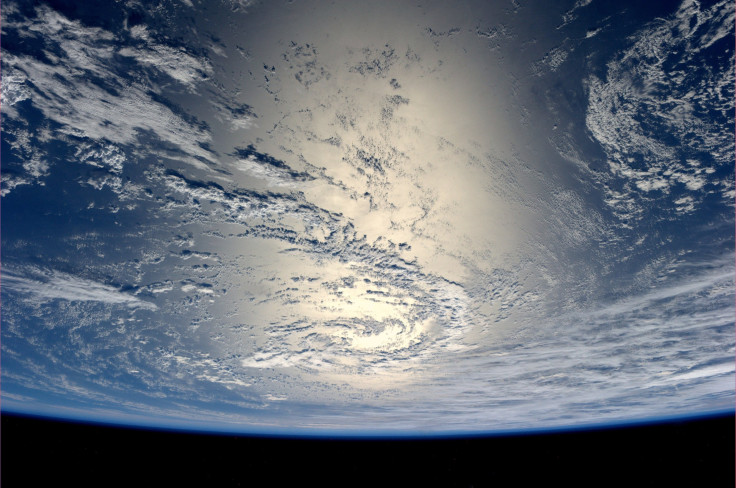Supernova Blast May Have Caused Mass Extinction 359 Million Years Ago, Researchers Say
KEY POINTS
- There was a mass extinction event 359 million years ago
- Researchers say it may have been caused by one or more supernova events
- A supernova would have caused damages to the Earth for thousands of years
- Researchers need to find radioactive isotopes to support the hypothesis
Could a supernova event have been responsible for wiping out life on Earth? A team of researchers explored the possibility that the mass extinction event that occurred over 300 million years ago may have been caused by astronomical events.
The Earth has experienced several mass extinction events, perhaps the most well-known being the one that wiped out the dinosaurs 66 million years ago. Another major mass extinction event is the one near the Devonian-Carboniferous Boundary 359 million years ago, which led to the death of the plant life and, eventually, the death of the animals that relied on them for food
Just this year, a team of researchers suggested that the event occurred when the Earth experienced a sudden collapse of the ozone layer, likely triggered by rapid warming of the Earth's climate, thereby exposing the planet to a sudden blast of radiation.
In a new study, a team of researchers explored the possibility that ozone depletion may have been caused by astronomical events instead of Earth-based events. The team explored causes such as meteorite impacts, gamma-ray bursts and solar eruptions but, these events tend to end quickly and are said to be "unlikely" to have a long-lasting impact on the ozone.
"Instead, we propose that one or more supernova explosions, about 65 light-years away from Earth, could have been responsible for the protracted loss of ozone," Study Leader Brian Fields of the University of Illinois at Urbana-Champaign, said in a news release from the university.
According to the researchers, it's possible that the supernova explosion caused the ozone depletion. Then, the supernova debris blast subjected the planet to long-term irradiation.
"The cosmic ray intensity would be high enough to deplete the ozone layer and induce UV-B damage for thousands of years," the researchers wrote.
In fact, such an event could cause damage to the Earth and its ozone layer for about 100,000 years. But with evidence suggesting a 300,000-year biodiversity decline, researchers suggest the possibility of multiple supernova events.
To confirm their hypothesis, the researchers need to find evidence of plutonium-244 and samarium-146, which are radioactive isotopes that cannot naturally be found on Earth.
"Neither of these isotopes occurs naturally on Earth today, and the only way they can get here is via cosmic explosions," study co-author Zhenghai Liu said in the news release.
So far, however, the team has yet to find either Pu-244 or Sm-146.
"The overarching message of our study is that life on Earth does not exist in isolation," Fields said. "We are citizens of a larger cosmos, and the cosmos intervenes in our lives – often imperceptibly, but sometimes ferociously."
Today, the closest supernova threat is said to be Betelgeuse, which study co-author Adrienne Ertel says is still "well outside of the kill distance."
The study is published in Proceedings of the National Academy of Sciences.

© Copyright IBTimes 2024. All rights reserved.






















